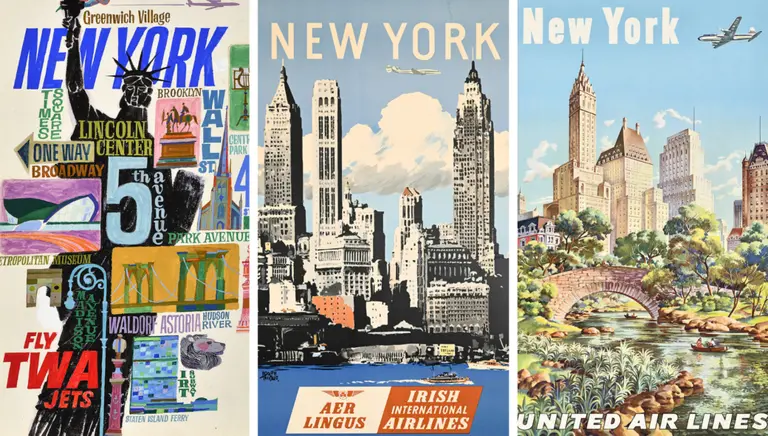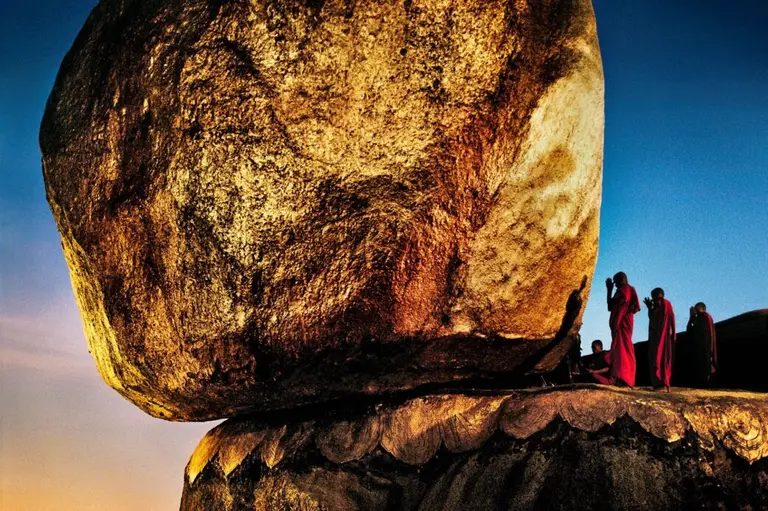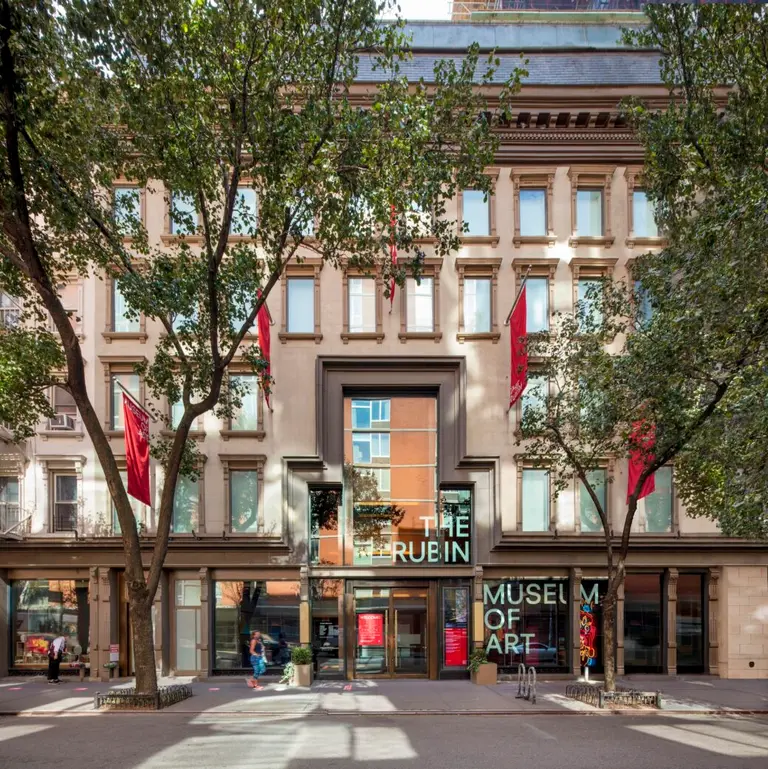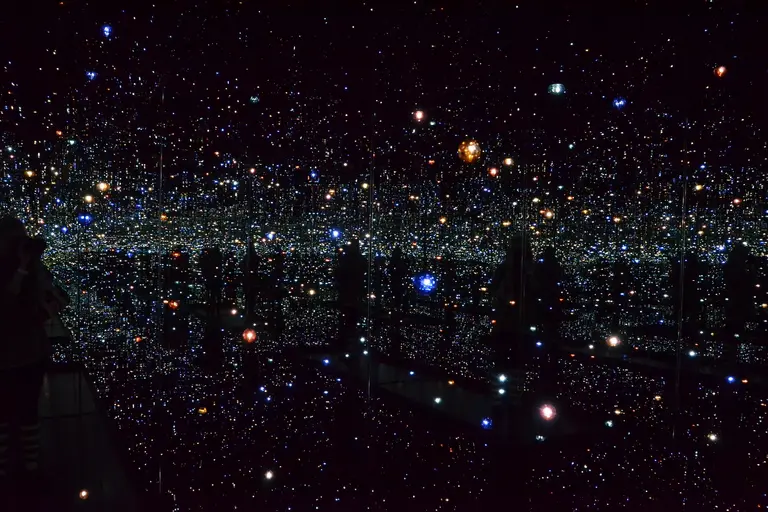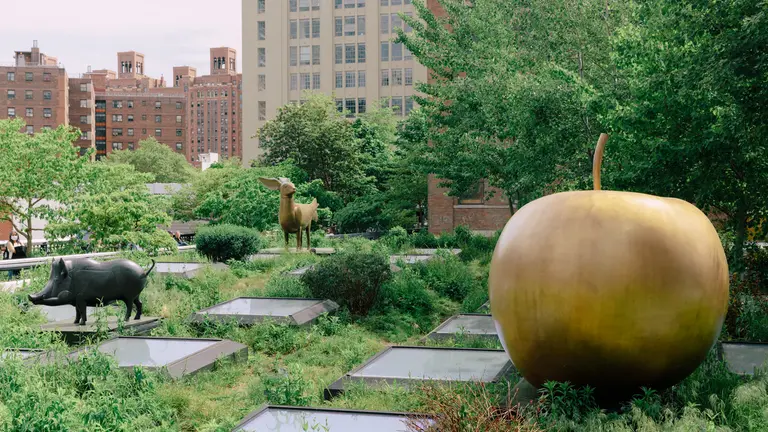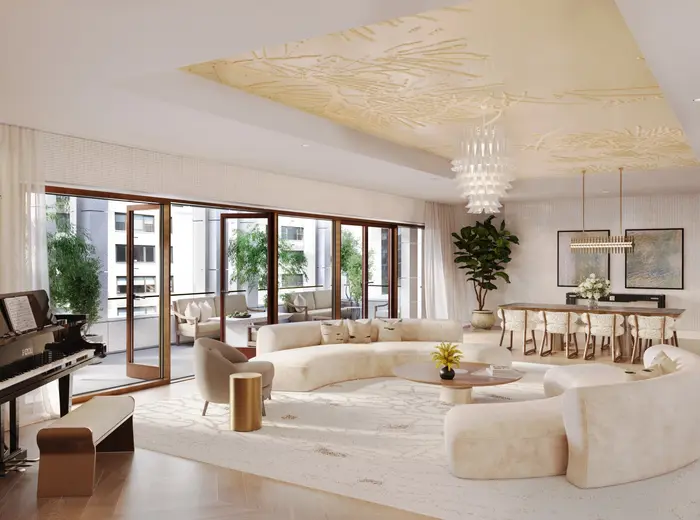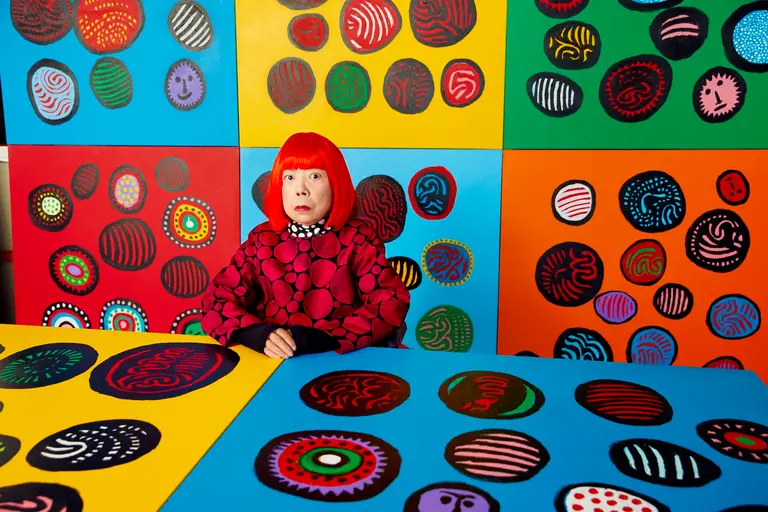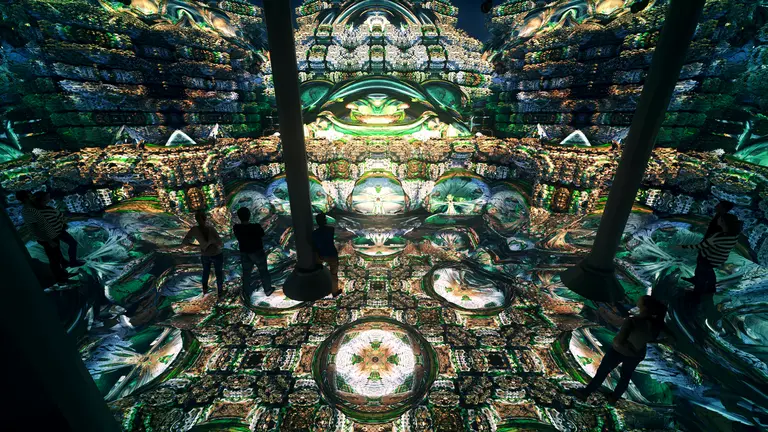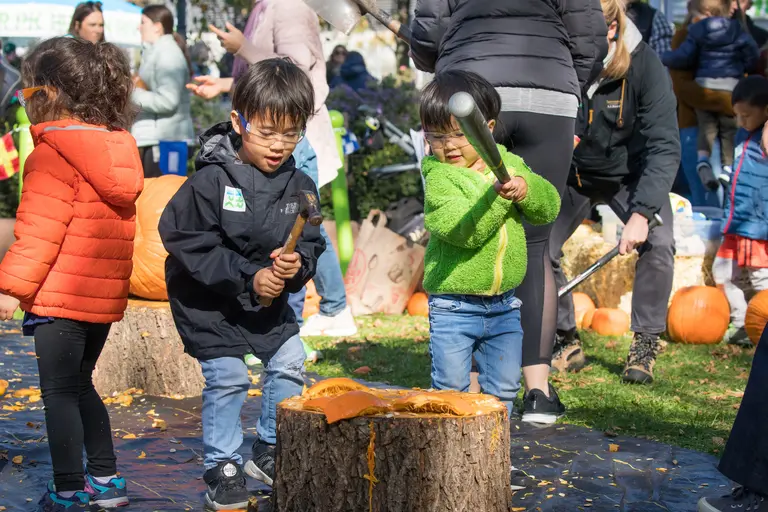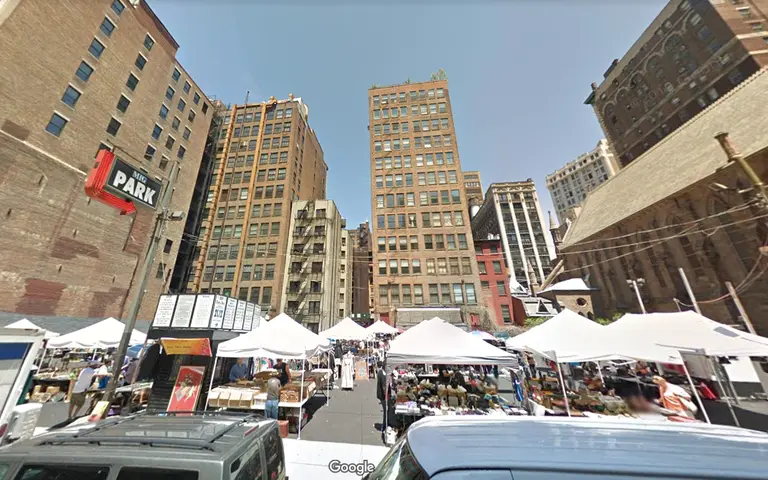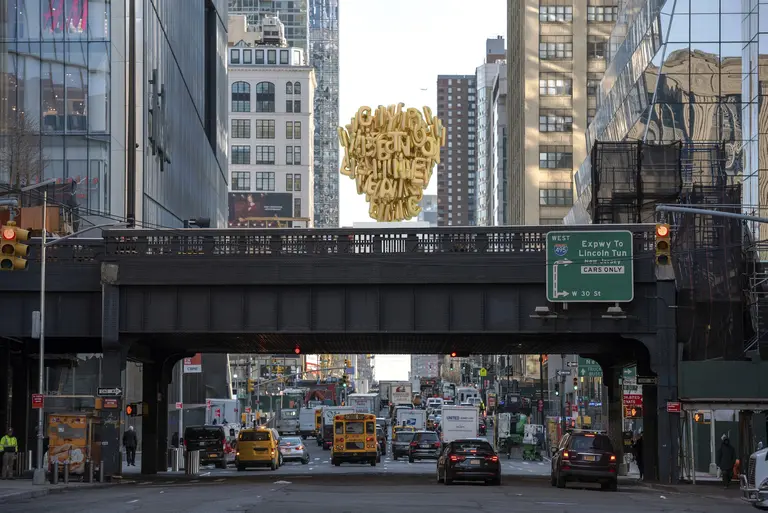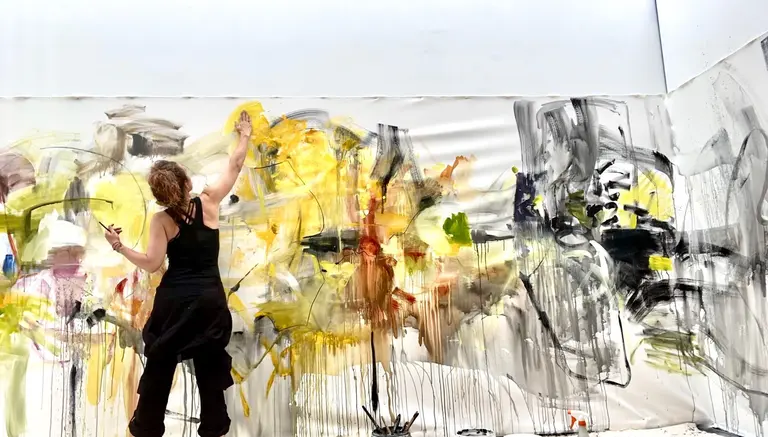Rubin Museum’s final exhibition to open in March
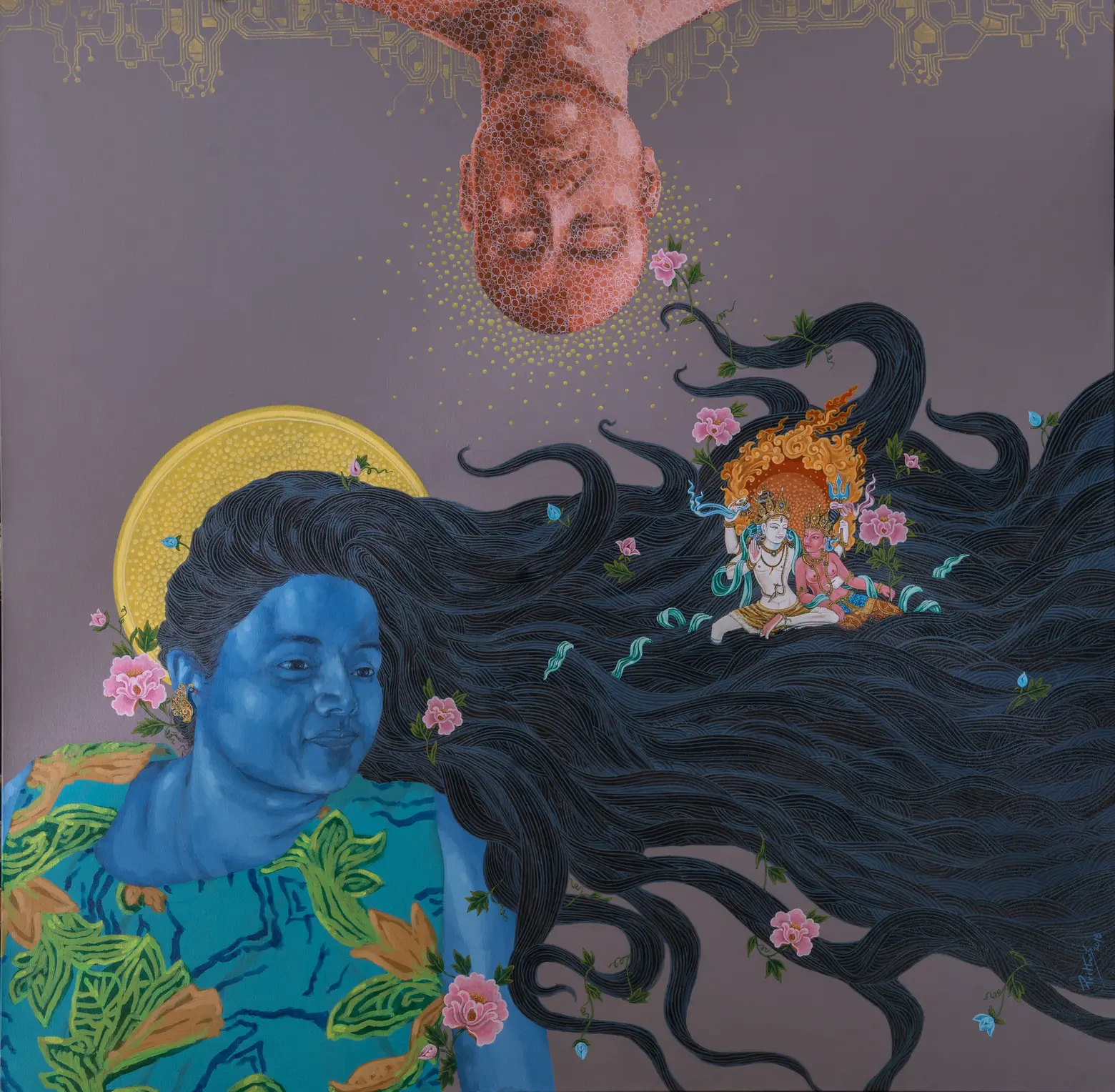
Prithvi Shrestha; Attachment; 2018; acrylic on canvas; courtesy of the artist.
New York City’s Rubin Museum has announced its final exhibition before it closes its doors this fall. The museum-wide exhibition, called “Reimagine: Himalayan Art Now,” juxtaposes the works of 32 contemporary artists from the Himalayas, Asia, and diaspora against existing items in the museum’s collection, offering viewers new ways to interpret traditional Himalayan art. The exhibition will be on view from March 15 through October 6.
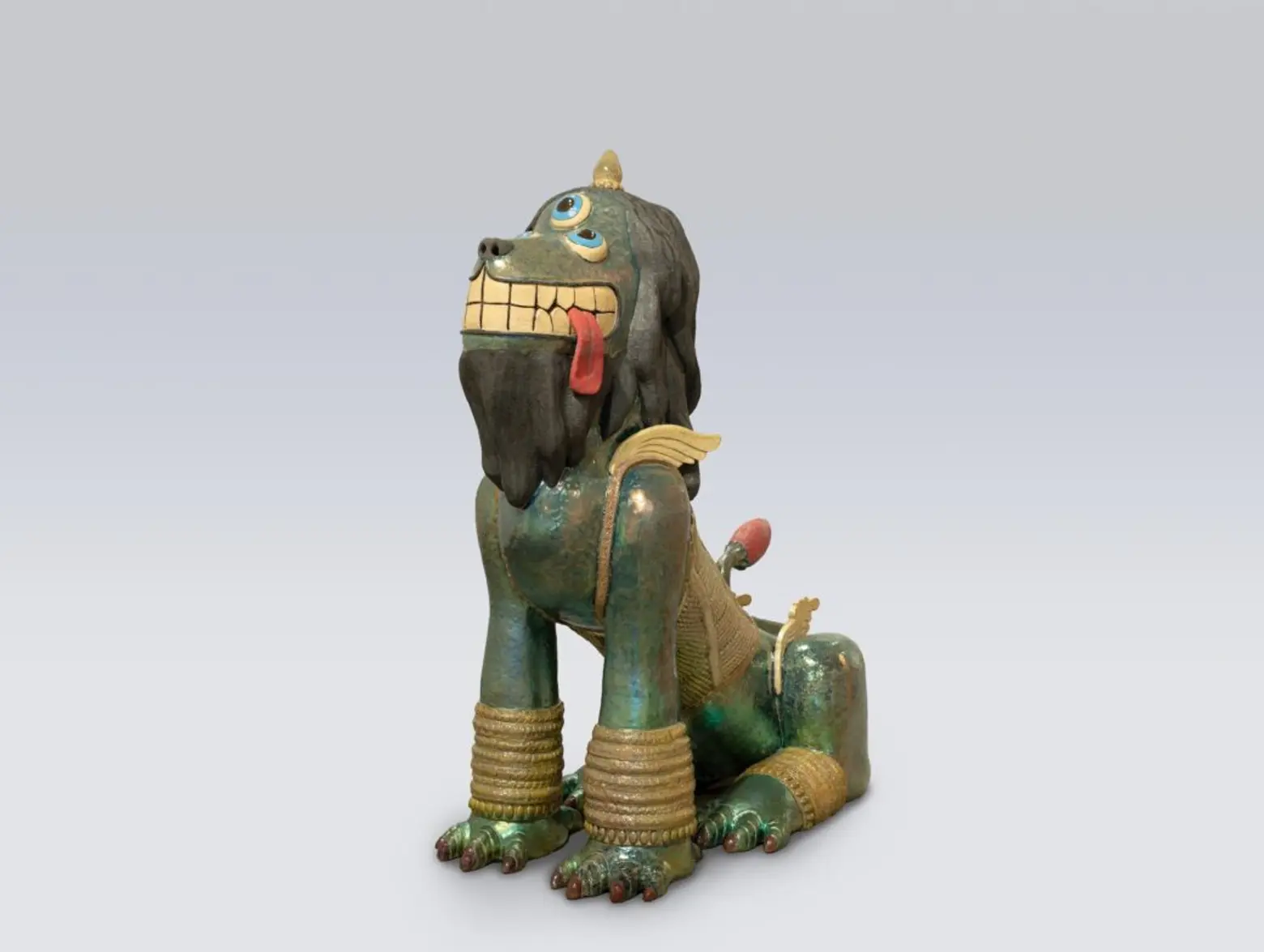
Presented on all six floors of the museum, the exhibition features 23 new commissions and recent works across various mediums, including paintings, sculptures, sound, video, installation, and performance art. Each work reimagines the forms, symbols, and narratives that are expressed through the “living cultural heritage” of Tibet, Nepal, Bhutan, and other areas located in the Himalayas.
In all, 50 artworks from a group of living artists working in Bhutan, Canada, China, England, France, India, Japan, Nepal, Switzerland, Taiwan, Tibet, and the United States are set alongside objects from the Rubin Museum’s world-renowned collection. The works explore themes of cultural and gender identity, the effects of displacement, migration, technology, belonging, questioning cultural norms that should be held onto or discarded, and more.
“Rather than exhibit the contemporary artworks in their own galleries, we’re installing them alongside 48 objects from the Rubin collection as a way to create a dialogue between past and present in one space,” curator Michelle Bennett Simorella said. “Their pairings create visual, thematic, and material connections that invite new ways of understanding Himalayan art as well as the stories, traditions, and beliefs that bind them.”
The exhibition is centered around a new, large-scale site-specific installation that cascades down the museum’s circular staircase. Created by Asha Kama Wangdi, the work consists of hundreds of repurposed colored prayer flags that were littered in religious sites across Bhutan. The piece calls into question the practice of raising prayer flags when they are hurting the environment.
Themes of sustainability are also found in Bidhata K C’s interactive installation “Out of Emptiness,” a prayer wheel created from discarded tin cans, a practice the artist noticed in remote villages in Nepal. The artwork sheds light on the connections between discarded items and the wider themes of daily life culture, globalization, consumerism, and geographical borders.
Other featured artists explore the nature of human existence. LuYang reflects on the Buddhist concept of self as their avatar walks through a 3D animation of the wheel of life, while Prithvi Shrestha’s paintings reflect upon the effects of technology on the interconnectedness of all things.
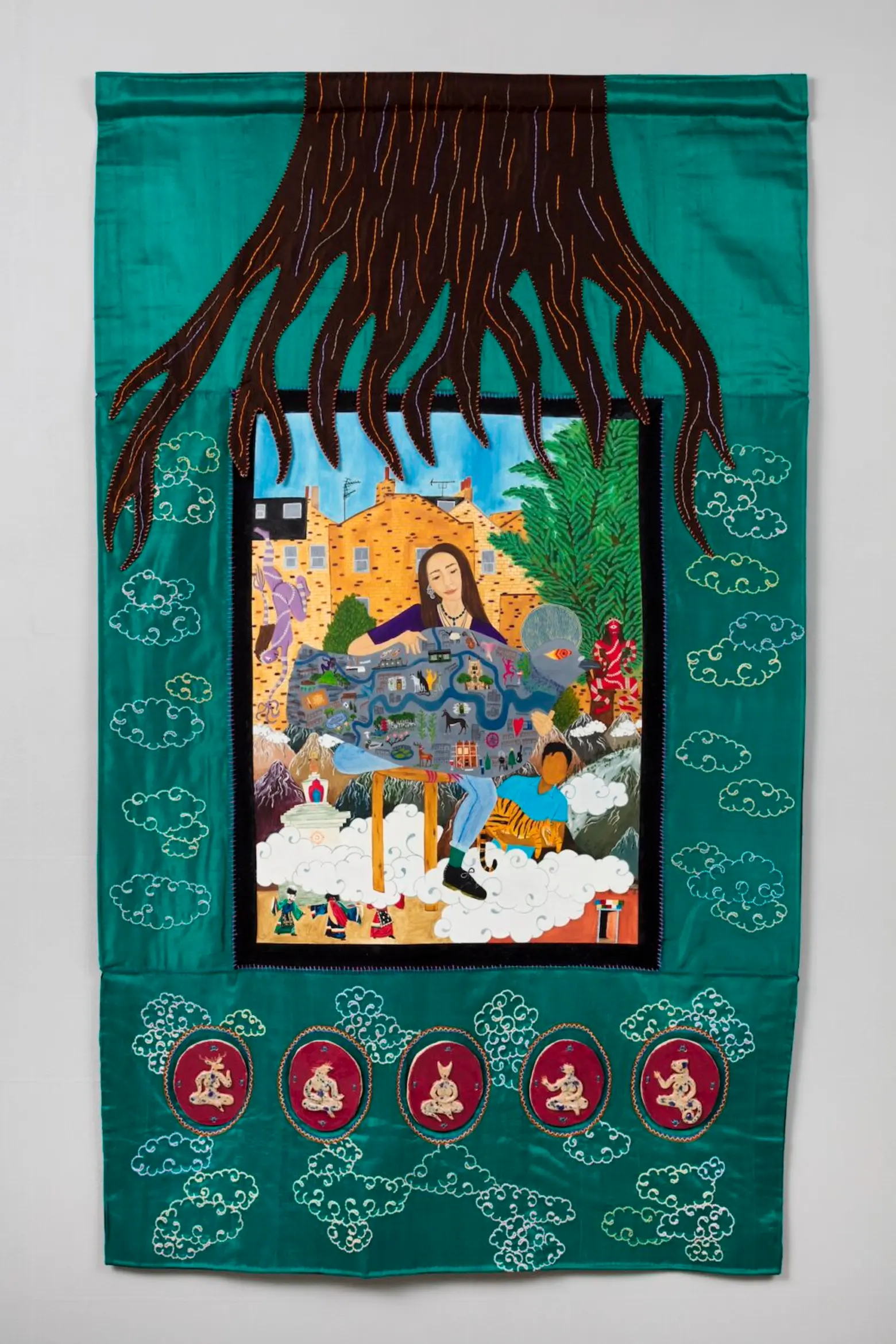
Among the artists, memory, and preservation of culture is a main concern. Losel Yauch, a third-generation member of the Tibetan diaspora, uses paint, tapestry, and sculpture to reconstruct memories of Tibetan culture that have been lost due to cultural erasure. In Yauch’s new commission, “Procession Immemorial,” a group of riderless horses dressed in silk “emerges ghostlike from the woven depictions of her grandfather’s memories and stories of escape.”
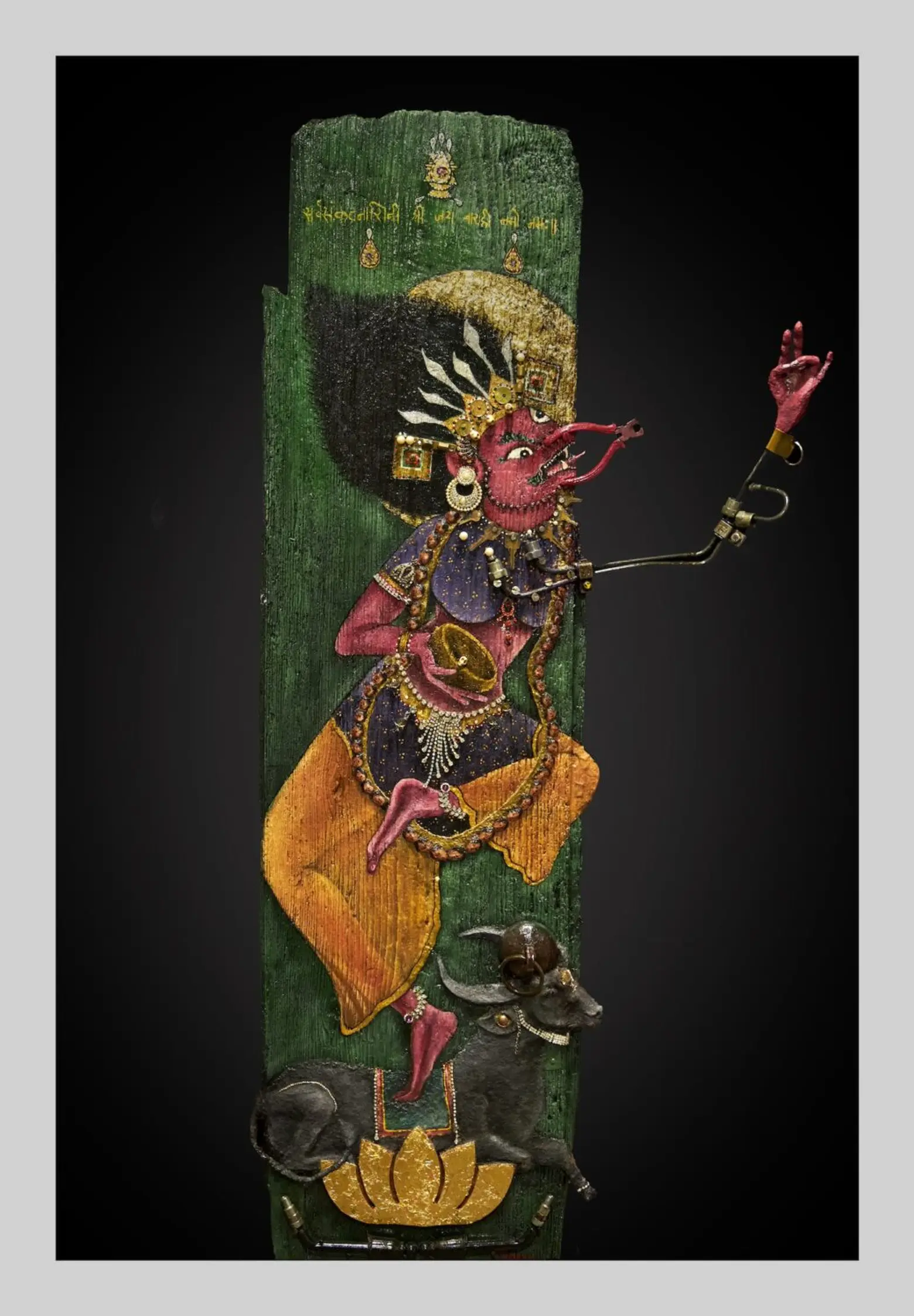
“Reimagine: Himalayan Art Now” also features three live performances by Amrit Karki, YESHE, and Sonam Tsehzdom Tingkhye, co-curated by the Marina Abramovic Institute and the exhibition’s curatorial team. The performances will take place from September 5 through October 6, with specific details to be announced soon.
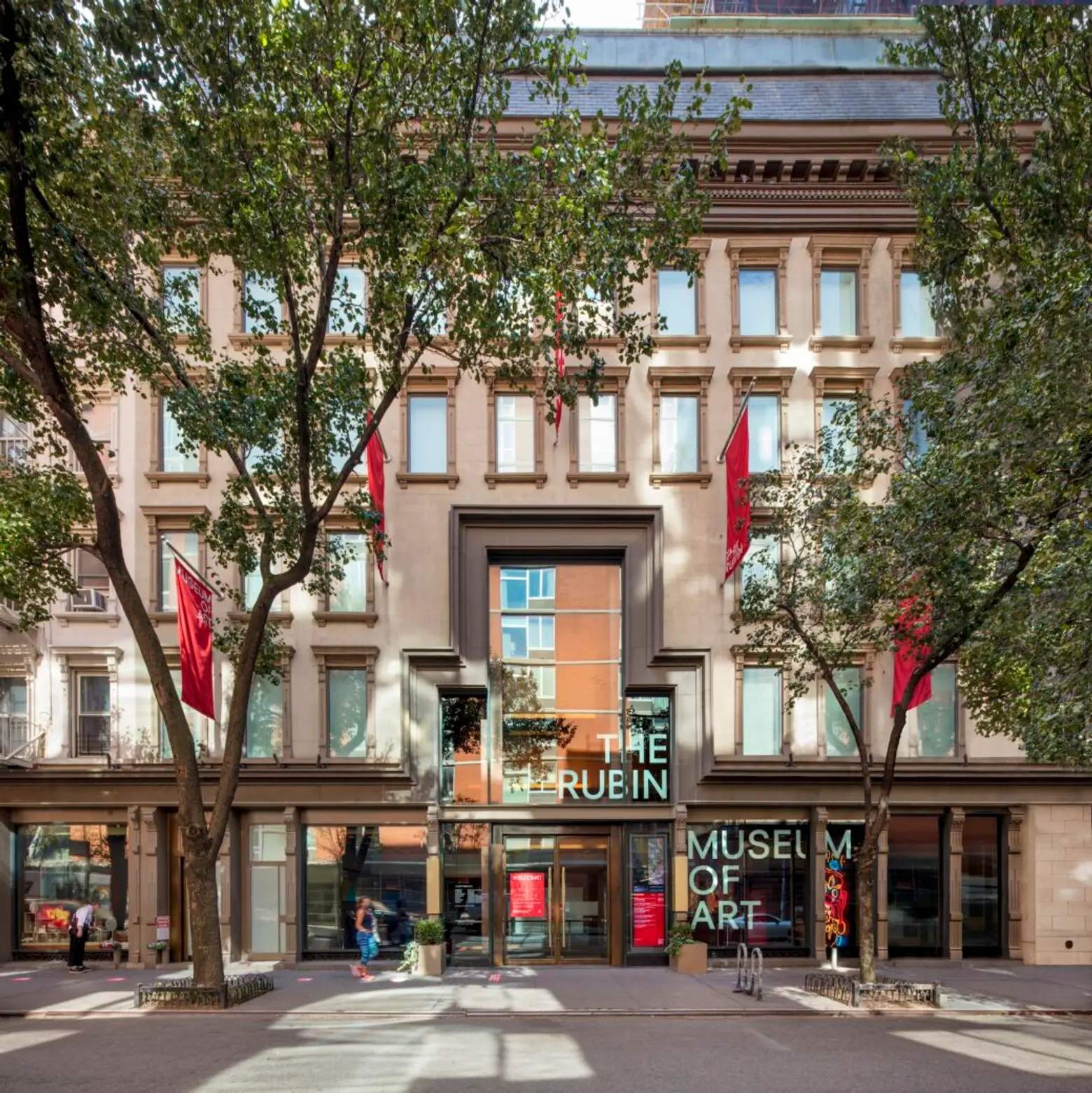
Earlier this month, the Rubin Museum announced it would evolve into a global institution “without walls” and close its Chelsea building on West 17th Street after 20 years. After selling the building, the Rubin will become an organization that processes long-term loans, hosts traveling exhibitions, and assists with research inquiries and fundraising, according to the New York Times.
With its new global model, the Rubin Museum will continue to preserve, study, and share its renowned collection of Himalayan art. It will also expand its commitment to supporting artists with a new grant program and the Rubin Himalayan Art Prize.
After the Rubin closes on October 6, the exhibition will travel to Chicago’s Wrightwood 659.
RELATED:

